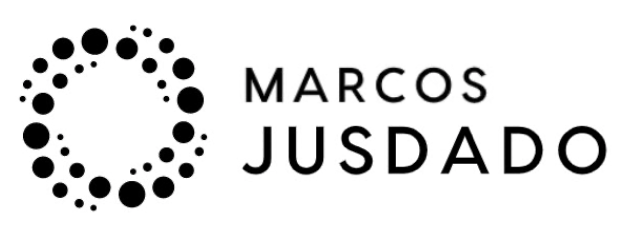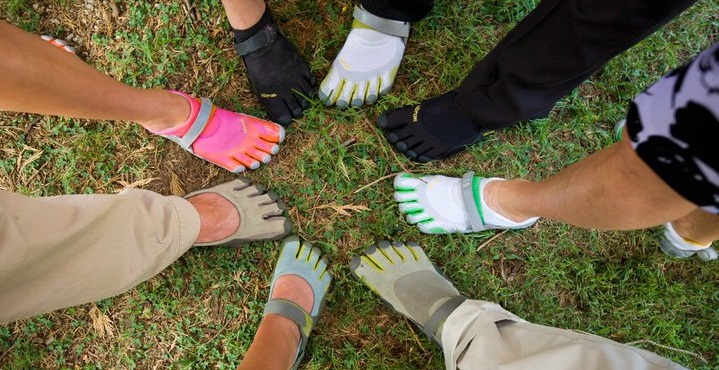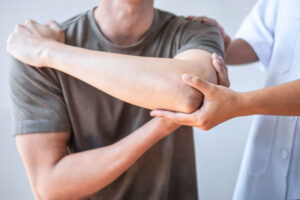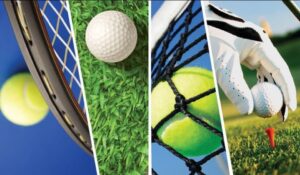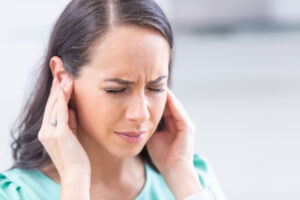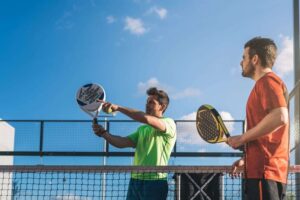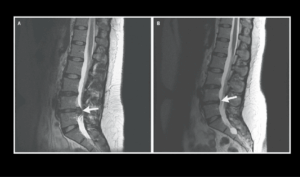Minimalist shoes have gained popularity in recent years as a natural and ergonomic alternative for running and walking. Inspired by the way our ancestors moved, this type of footwear aims to promote a more natural stride and allow our feet to move freely and flexibly.
What Are Minimalist Shoes?
Minimalist shoes are designed to mimic the feeling of being barefoot or wearing lightweight footwear. Unlike traditional shoes, which have thick soles and rigid structures, minimalist shoes feature thin, flexible soles that allow better ground perception and more natural foot movement. Wearing minimalist shoes enables our feet to work more actively, which can improve strength and stability during walking and running.
Benefits of Minimalist Shoes
Wearing minimalist shoes offers several potential benefits for our feet and overall health:
- Strengthening of the Foot and Ankle: By allowing our feet to move more naturally, minimalist shoes can strengthen the muscles in the foot and ankle.
- Improvement of Posture and Alignment: By encouraging a more natural stride, minimalist shoes can help improve posture and body alignment during walking and running.
- Increased Body Awareness: Feeling the ground more directly provides better awareness of our body and movements.
Are Minimalist Shoes Suitable for Everyone?
Although minimalist shoes offer advantages, they are not suitable for everyone. Those who have worn shoes with support and cushioning for a long time may need a gradual transition to avoid injuries. Additionally, people with foot or ankle problems, or those who engage in high-impact activities, may require more support and cushioning. It is important to consult a footwear specialist or a physiotherapist before switching to minimalist shoes.
How to Transition to Minimalist Shoes
If you want to try minimalist shoes, follow these tips for a safe transition:
- Start Gradually: Wear minimalist shoes only for short periods and on soft surfaces at first.
- Perform Strengthening Exercises: Strengthen foot and ankle muscles with specific exercises to ease the transition.
- Listen to Your Body: Pay attention to any discomfort or pain and stop the transition if necessary.
Minimalist shoes offer an interesting alternative for those seeking a more natural experience when walking and running. If you are interested, remember the importance of a gradual transition and consult a professional to determine if they are right for you. Discover the freedom and flexibility that minimalist shoes can bring to your feet!
